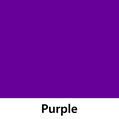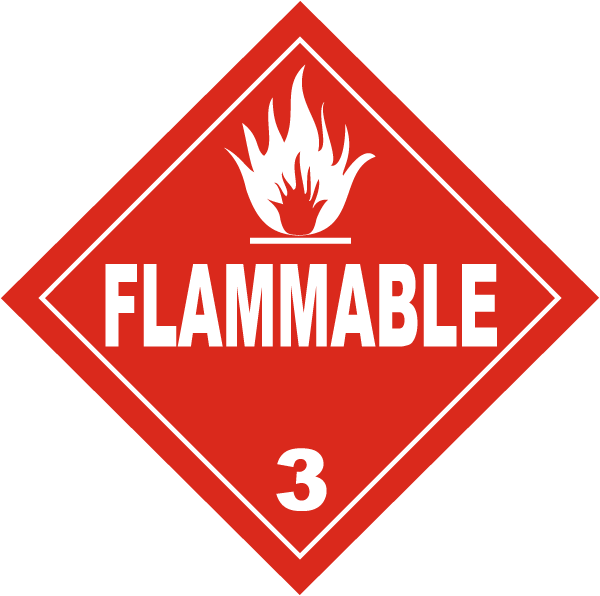|
Formula
Procedure of Application
Development Complete When
Source of Error
Incompatibilities
Precautions
Storage Container
Safety
Recommendations
Similar Reagent
Sequential Reagent
Formula
Formula #1: 1. 12.5g Ninhydrin crystals dissolved in 1L alcohol solvent. Formula #2: Use a magnetic stirring device.
Or use any commercial spray unit. Procedure of Application
1. a) Tray immersion of item - 5 seconds b) Brush solution onto item - until coated. c) Spray solution onto item - until coated. 2. Heat up to 80 degrees C & humidity exposure 60% - 70% relative humidity. Monitor for development, or use a steam iron. 3. Photograph the developed detail using a green colored filter. 4. View under Forensic Light Source a) 530 nm - 555 nm (no filter) b) 490 nm - 505 nm (orange filter) c) 590 nm (red filter) d) * Ninhydrin on manila file folder: 450 nm with orange filter. Development Complete When
The ridge detail becomes visible as a purple color, and the item's background begins to stain a purple color. Source of Error
Heat up to 80 degrees C and humidity at 60% to 70% relative humidity should be introduced in order to catalyze the development. Ninhydrin is a non-specific amino acid developer, thus most body fluids and items containing vegetable oils (inks) will be developed by ninhydrin. Incompatibilities
Not suited for non-porous surfaces, or, for items which have been water-soaked. Surfaces that have high animal or plant protein content such as leather and currency will produce extensive background development. Precautions
The developed ridge detail dissipates slowly, so photograph any developed ridge detail deemed suitable. Some solvents (acetone) will cause the ink on documents to run. Be alert for checks containing fingerprint watermarks that will develop with ninhydrin. Storage Container
Dark stoppered glass bottles. Safety
Fume hood use is required for preparing and applying the working solution. Ninhydrin is an irritant if inhaled. Recommendations
The ninhydrin treated item should be dried before subjecting to humidity. View the developed ridge detail under a forensic light source at 530 nm before determining that the latent print is of no value Ninhydrin can also serve as a blood enhancement reagent. Similar Reagent
Sequential Reagent
Not Necessarily in this Order: Vertical Divider
|
Chemical Name
Ninhydrin Surface Used On Porous surfaces, especially paper and cardboard Sensitive To Amino Acids and Proteins Abridged Reagent Sequence
Vertical Divider
|
Ridge Detail Visualized by:
Visible chemical/stain reaction Reagent Applicabilities: Porous Surfaces Blood Enhancement Raw Wood Surface Other Chemical Name(s):
Twelve (12) months |
Process Summary:
Ninhydrin is an amino acid developing reagent that is applied by dipping, brushing or spraying. Development is catalyzed by the addition of steam and heat through the use of a humidity chamber. Ninhydrin may be used as a blood enhancment technique.
Ninhydrin is an amino acid developing reagent that is applied by dipping, brushing or spraying. Development is catalyzed by the addition of steam and heat through the use of a humidity chamber. Ninhydrin may be used as a blood enhancment technique.
Accepted Deviations:
Several alcohols may be used as the carrier solvent. A solvent called "3M Novec Engineering Fluid HFE-7300" is promoted as a solvent which reduces background staining. Methods such as Zinc chloride may be used to fluroesce the ninhydrin developed detail.
Several alcohols may be used as the carrier solvent. A solvent called "3M Novec Engineering Fluid HFE-7300" is promoted as a solvent which reduces background staining. Methods such as Zinc chloride may be used to fluroesce the ninhydrin developed detail.
Supporting Reference Materials:
- Minutiae Magazine, Summer Special 1994, Issue No. 24, pg.7.
- "Chemical Formulas and Processing Guide for Developing Latent Prints", U.S. Dept. of Justice, pg. 47-48, 1994.
- Advances in Fingeprint Technology 2nd. Ed., Lee, H.C. & Gaensslen, R.E., CRC Press, Boca Raton, FL., 2001.
- Manual of Fingerprint Development Techniques 2nd. Ed., Home Office - Police Scientific Development Branch, White Crescent Press, Ltd., Luton, England, 2001.
- Technical Notes, Lightning Powder Co. Inc., Salem, OR., 2001.





